The History Of Vikings
INTRODUCTION:
The Viking originated from Scandinavia (Denmark Norway and Sweden) they were instead small group from various regions and not a race. Historically they weren't limited to Scandinavia, and their records indicate that they included the Estonian, Saami and Finish Vikings. apart from occasionally doing trade they also fought among themselves. During circumstances the Vikings got united as a group, and they conquered with their eyes since they originated from foreign lands they were not Christians. The history of Vikings aims to focus typically on the men who are warriors. Before they eventually settled elsewhere a few Norsemen usually set sail on trade and raid missions during the early years while many others work as fishermen and as farmers.

THE BEGINNINGS OF THE VIKING AGE:
Vikings had a clear transition during their beginnings during the 7th and 8th centuries Europe was growing in terms of wealth and fur from Scandinavia became a prized item that contributed in teaching the pre Viking people during the early trade the needs of sailing technology and politics in Europe. The Norsemen did have a relationship that was important with the water which helped them get transport and food. They firstly developed more ships that were more reliable and they played a central role in triggering overseas expansion.

VIKINGS EXPENSION TO BRITAIN:
In West Frances King Charles led the Vikings into prosperity around 862 where the towns Riviera and Abbey's got fortified. They were then from Denmark and their attention was focused on back to the Isles in Britain. In 1866 an army three Islandic sagas invaded England, and the sons of RagnarLorbok led them. The following was a revenge mission which got done against king Aella of Northumbria who had captured and executed the Vikings king Ragnar he was one of the most famous figures and it gets considered his existence is very dubious Ragnar got thought to be an actual amalgamation of several people the raids became numerous in Britain while the Vikings started creating settlements. They extended their gain of control to the islands in Scotland including parts of the mainland Orkney Hebrides and Shetland. The Norsemen also launched an attack in Ireland, Where they saw the beginning of trades in towns such as Limerick, Waterford and Dublin. They came across the Irish Sea up to England. The West Francis came during 911 offered a grant to the Viking chief Rollo. It was a substantial territory they got aimed at preventing the other Raiders from accessing the same the legacy involved a treaty of lives, and today it's a new region name is called Normandy (Land of the Northmen)

VIKINGS SETTLEMENTS IN NORWAY AND SCANDINAVIA:
Vikings in Norway began their colonization in Iceland, and they shifted to Greenland. Leif Erickson led the Icelandic sagas. The Greenland settlers then became the first Europeans to have discovered North America. They got to construct settlements that were temporary in Vinland a town known as lost in Newfoundland right now settlements that were temporary in Vinland, a town known as L'Anse aux Meadows in Newfounded right now. The settlements that's were in Scandinavia were typical because of the small farmers in various communities. They had a more centralized power that was a result of relying on the local Chieftain and alliances that got made along the coastlines,

LIFESTYLE OF THE VIKINGS:
The families at this period lived in long houses they were built which got split into several sections with the heart of the fire, benches were then put to around the fire and would also serve as nighttime beds as well as people would sit there during the day. The building would also get typically shared with their livestock and get to be the storage of all kinds of goods. both and Avaldsnes are some of these settlements in the Norwegian Vikings and the latter haugesund, became a strategic shipping route.

THE RELIGION OF THE VIKINGS:
The introduction of Christianity on Scandinavia was a steady and slow journey king Harald Bluetooth was the key Danish figure who reigned between 1958 and 1986 contributed to this change. He oversaw the Jelling runic stone reconstruction and the fortress of Aros that was fortifying which is commonly known as Aarhus right now.
The five-rings fort also built by king Harald for the control of the military and the economy king Harold was then drawn across the seas during the second wave when there were more significant rates than ever before which targeted England's faltering.
Herald's son, Sven Forkbeard then conquered over the Kingdom in 1013, for over 20 years.
after his rule his son Knit took over and ruled the Scandinavian empire that included Norway England, Denmark and the North Sea,
In Norway king Haakon the good strive to spread Christianity after his England upbringing however he experienced resistance and subsequently king Harald Greycloak destroyed the Pagans temples and made his mark,
He didn't fully have all the success of introducing the new faith though. When Olav Tryggvason took over reign, things started to change in his short reign. he wasn't aggressive ruler who had a conversation strategy that involved the burning of the Pagan temples and killing those who resisted the new faith. The plan was more productive, and it came to succeed in making the country a Christian place during his reign there are more than 1000 deaths in Norway and they did revert shortly but it wasn't for long. In 1015,
King Olav Haraldsson took over and he was a big proponent of Christianity as a new faith. He became Saint place after his death, and the act got sealed as the Christianity dominance in Norway.

THE END OF THE VIKINGS:
The Viking age didn't just stop but it was a slow decline, In Loften, Borg, the House of the Cheiftain got abandoned during an upheaval time in the 900s. Norway began to become one nation, and Christianity spread throughout while its structures of power also changed, several chieftains got relocated to Iceland severally. settlements in North America got abandoned in the 11th century when Norway's Christian king Olav Haraldsson got defeated in the stiklestad Battle in 1030 the people began long distance trading that contributed to the Viking spreading out.
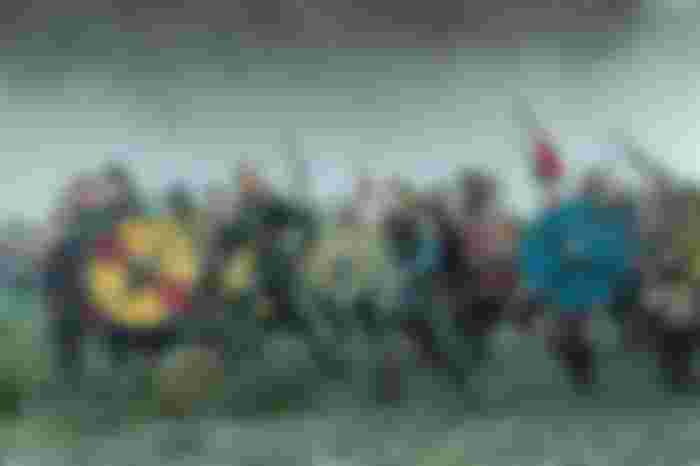
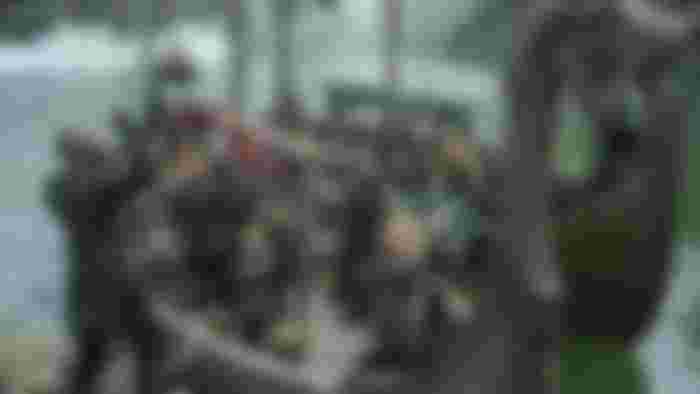

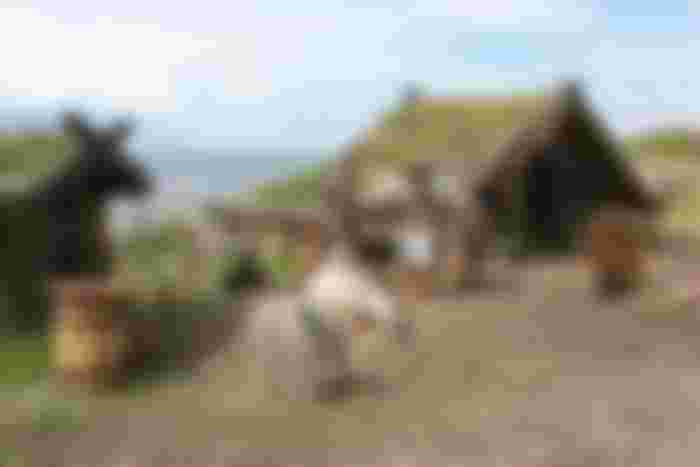
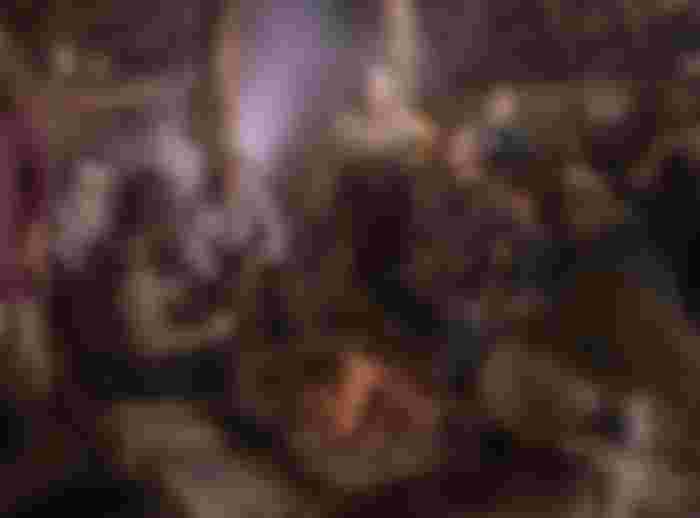
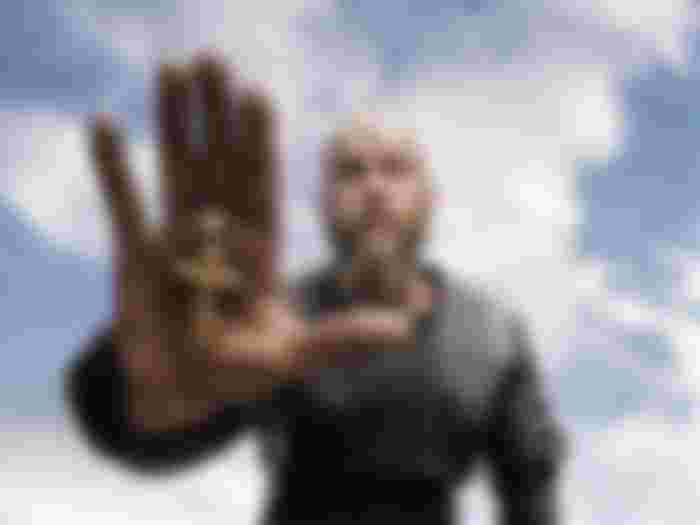
Keep it up bro👍👏